Every gardener knows tomato hornworms are problematic insects. These large, offensive green caterpillars, around 4 inches in length, voraciously consume the leaves and fruit of tomato plants. If you are among the gardeners who want to protect their gardens without pesticides, you are on the right page. There are helpful organic practices to control and even eliminate these pests. Trendwizz.com has discussed How to Get Rid Of Tomato Hornworms Naturally.
Other Topics You Might Like
Helpful Products You Might Like
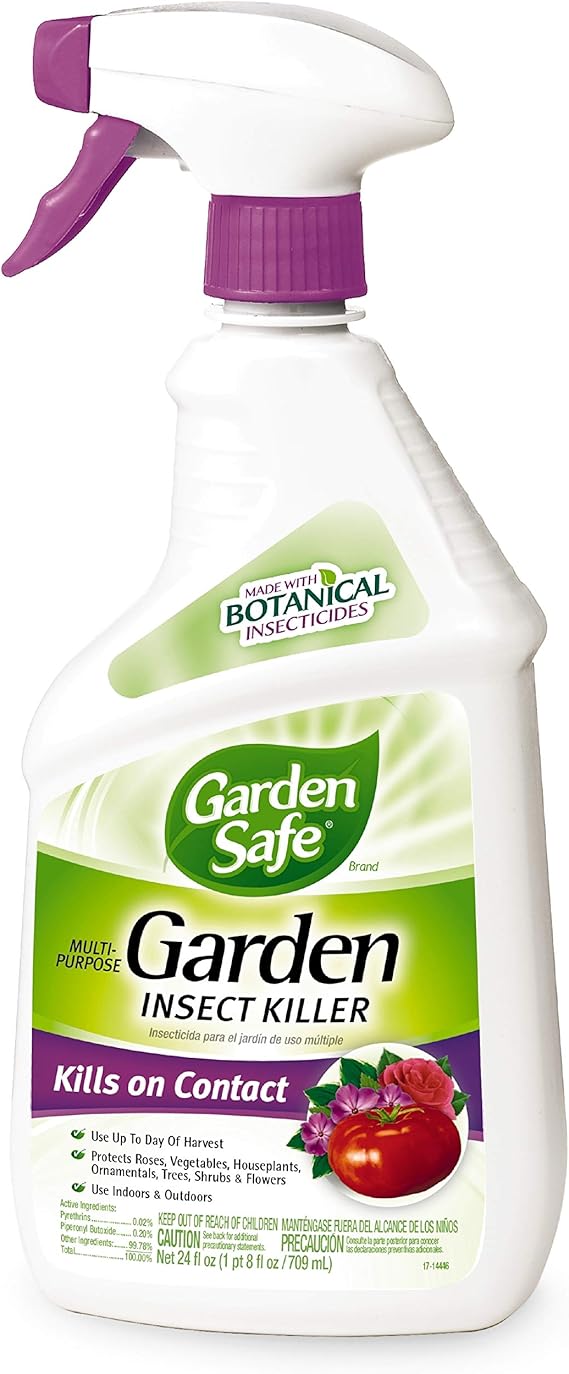
Garden Safe Garden Insect Killer
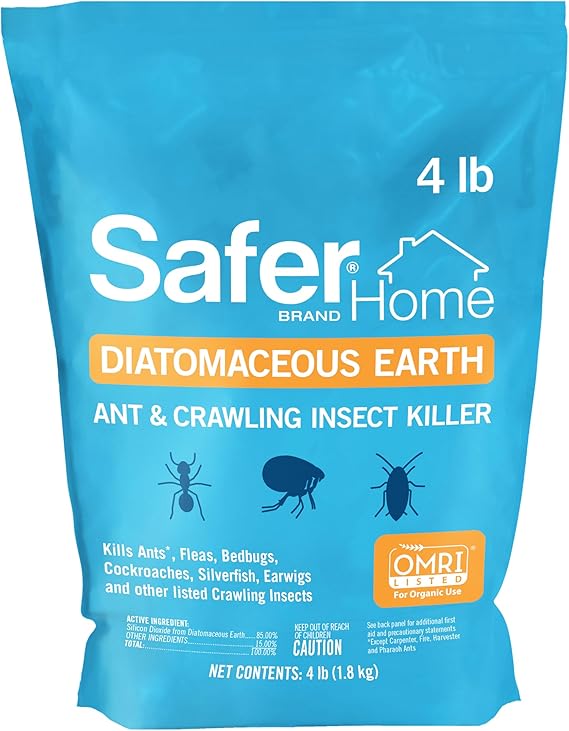
Safer Home Diatomaceous Earth Ant & Crawling Insect Killer
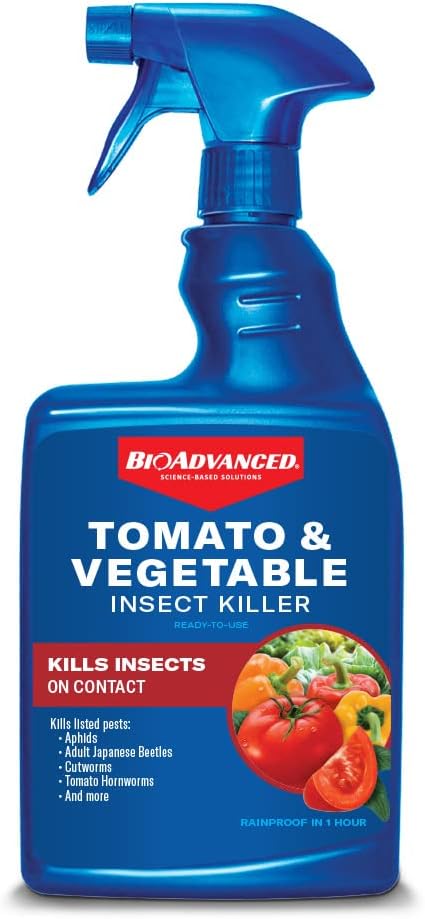
BioAdvanced Tomato & Vegetable Insect Killer
"(Paid Links)" 
Natural Methods to Get Rid Of Tomato Hornworms Naturally
Handpicking
Handpicking is one of the most common and effective ways. You should check the leaves of your tomato plants regularly and focus on the back surface of the leaves where hornworms are usually found. If the worms are there, they will not go unnoticed – thanks to their size and green color, they are difficult to confuse with anything else. If there are any, do not be alarmed because you can use your hands to pluck them out and throw them far from the boundary of your garden or into the trash bin. This particular technique requires a lot of worker effort. On the other hand, it is very satisfactory, especially in small-size outbreaks.
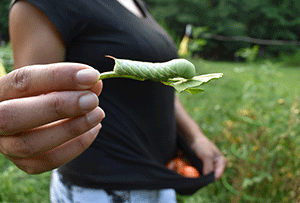
Beneficial insects
Encouraging beneficial insects in the garden can help deal with hornworm populations. Did you know that several species of wasps are parasitic hornworm predators? The Cotesia congregata female wasps lay their eggs within the living hornworms. When the larvae emerge, they feed inside the caterpillar's body and eventually kill the host. Planting flowers with dill, parsley, and marigolds is best to lure these wasps. These plants will not only enhance the beauty of your garden but also offer shelter and nourishment to beneficial insects.
Neem Oil
Neem oil, taken out of the seeds of a neem tree, is considered a very effective natural insecticide. It disturbs the feeding and reproduction habits of many pests, for example, the hornworm of the tomato. To apply neem oil, it is necessary to follow the label directions and mix the oil with water, then apply using a spray bottle on the affected area. It should be done during the early mornings or late evenings so that beneficial insects are not harmed. Do this once every week or when it rains.
Garlic and Pepper Spray

Garlic and hot pepper sprays are also good repellents for hornworms and many other garden pests. The odor of garlic is disruptive, while the heat of hot peppers is a cowardly component in the life cycle of many of these caterpillar pests. To prepare your own spray, simply blend a few cloves of garlic and a few hot peppers in some water. Spray the solution on the plants. It will do more than just chase hornworms away
Diatomaceous Earth
Diatomaceous earth (DE) is a powder composed of the fossilized remains of tiny marine organisms. It's not harmful to humans and pets but hazardous to hornworms. Poultry that have contact with diatomaceous earth die due to dehydration since it punctures their protective skin. Because you are introduced to diatomaceous earth PDF interaction, please throw the shovel and lean the eggs and hatched larvae at the bottom of tomato plants and apply water only at the top of the plants. Once again, use this if it is finished because of rain or watering.
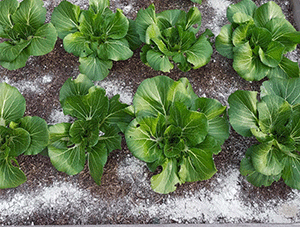
Crop rotation
Practicing crop rotation is the long-term solution for the management of tomato hornworms. This decreases the risk of the nasty hump crusader worm infestation and promotes the general well-being of the garden.
Conclusion
To deal with tomato hornworms organically, close monitoring and several strategies are needed. Options such as handpicking, attracting benevolent insects, and so on should be employed.
